@jeti Thank you. Unfortunately havent had a chance to assemble the boards yet. Have all the parts in but life gets in the way :-)
-AM
@jeti Thank you. Unfortunately havent had a chance to assemble the boards yet. Have all the parts in but life gets in the way :-)
-AM
Damn! Just realized some of my parts are still not in....
Anyways, looking at the PCB,
-AM
PCBs are in.... :-)
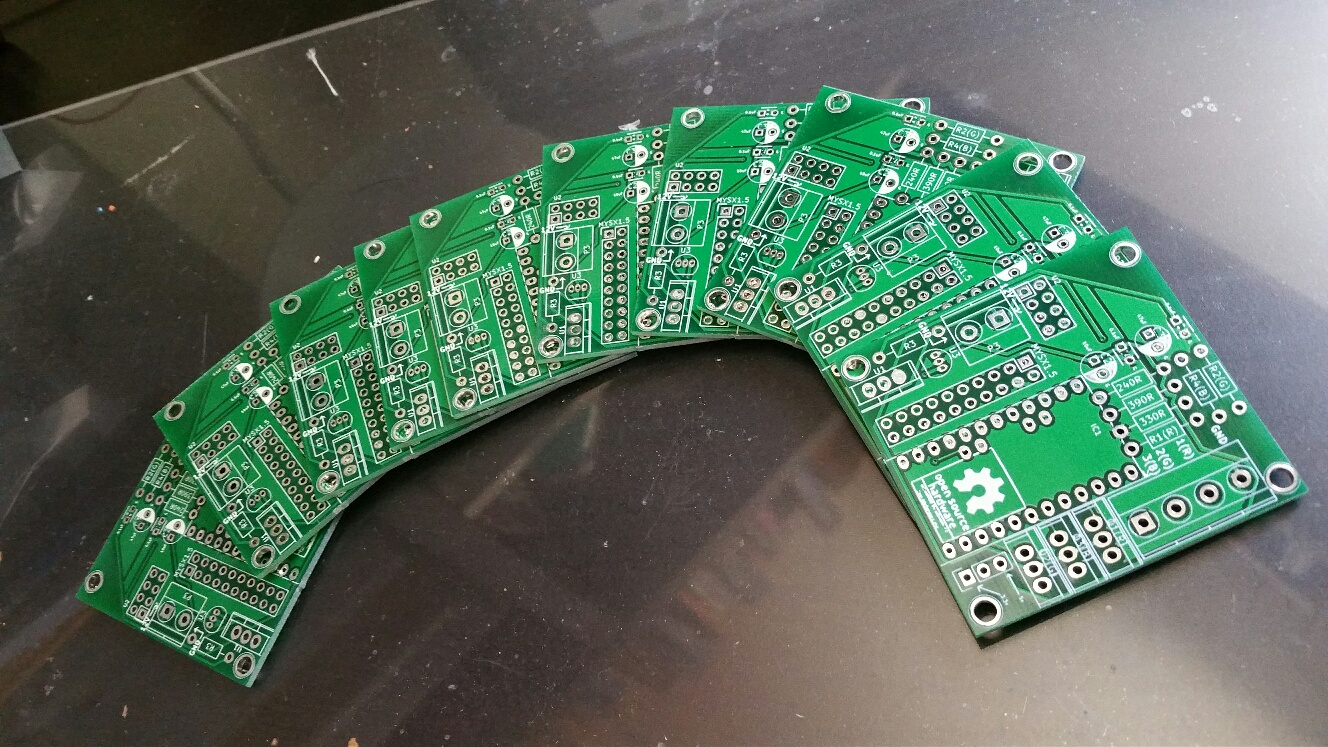
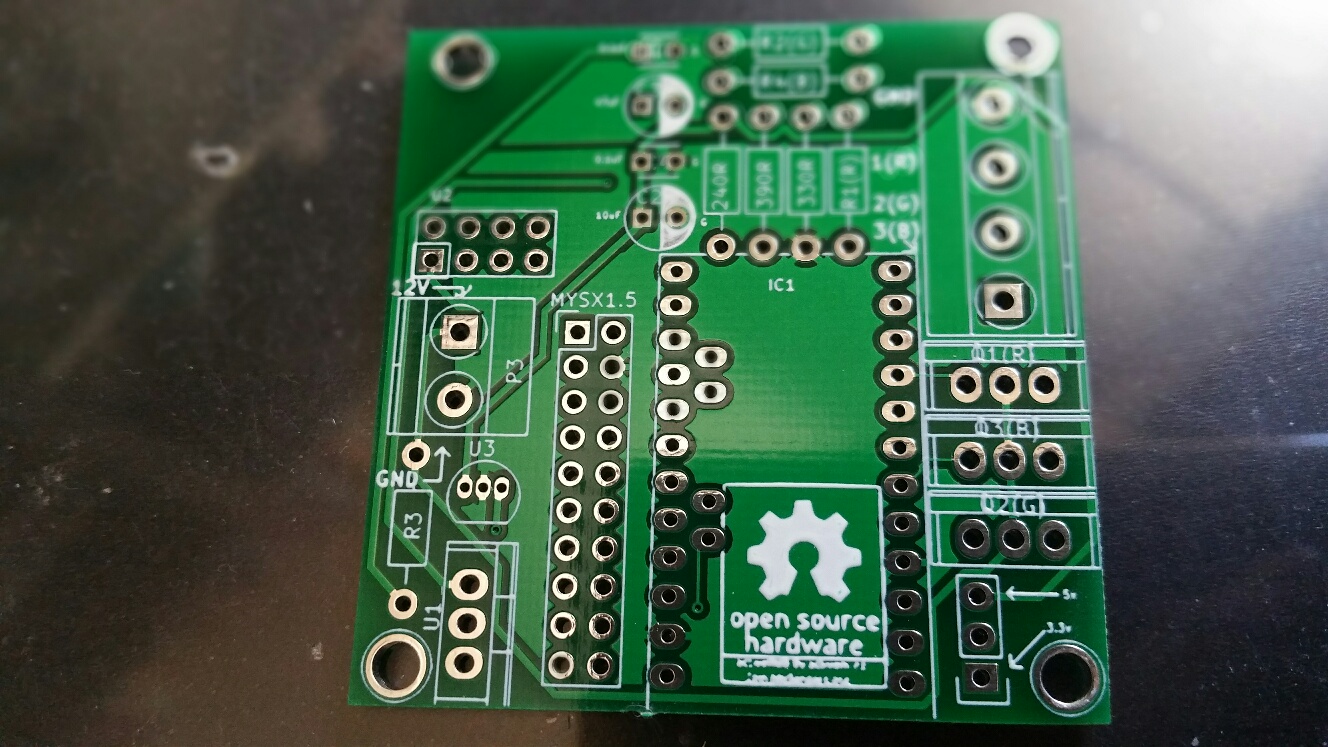
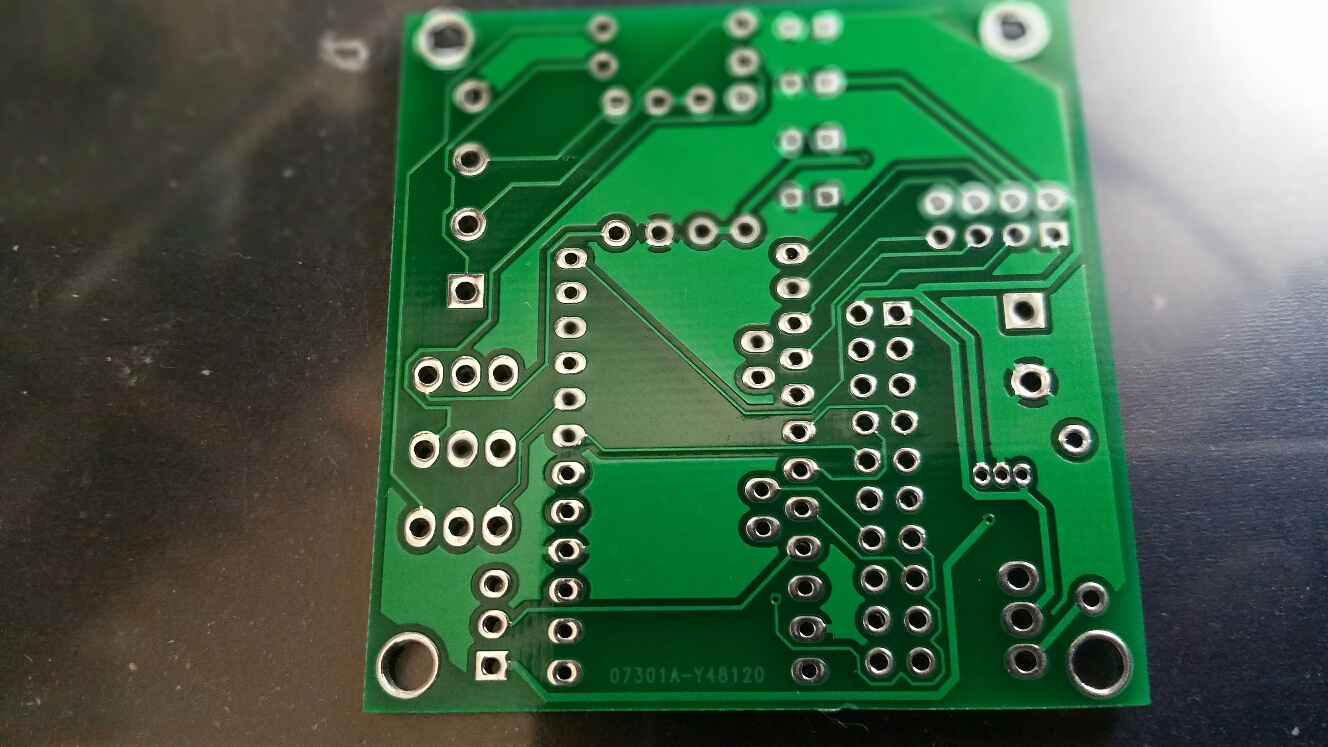
Time to populate them now and see if they work :-)
-AM
Ok, so the board is routed. This was fun....very crowded board...at least by my noob standards :-)
Done all DRC and connectivity checks...looks good.
-AM
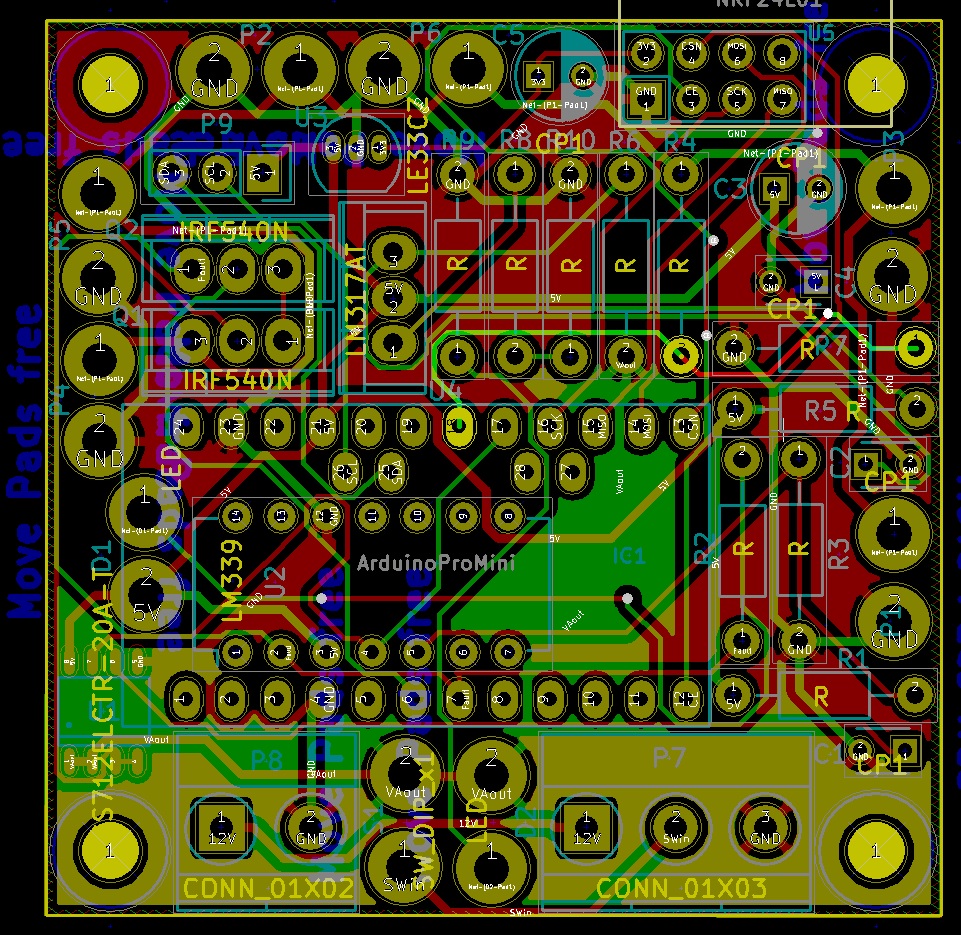
Another update from Itead...PCBs complete and shipped!
Cant wait to get my hands on my first PCB :-)
-AM
Thanks @mfalkvidd for the link. I feel more confident that this might work.
Didnt get a chance to work on this for past couple of days. Maybe soon...
-AM
@mfalkvidd said:
@activemind those boxes are 56x95mm on the inside (I have lots of them). They have mounting points in the corners, about 1.5mm from the inner wall. The outer diameter of the mounting points is 5.5mm and the inner diameter is approximately 2mm.
Thanks for the measurements @mfalkvidd . I am still debating about increasing the PCB size though because I looked at one of my existing boxes with the DC connector I am planning to use, and I realized that I need little more space because the connector extend out.
Still playing with the placement on the PCB but looks like I have everything in place for now. Lets see what happens when I try to route it!
The only thing I am concerned about is will placing the comparator IC underneath the pro mini cause any issues?
-AM
@dbemowsk said:
A little off topic, but what PCB software are you using to do your illustrations and layout? It looks like nice software. Is it for windows only or is there a linux version?
I am a KiCad beginner. I started like a couple of days ago and this is my second PCB. Waiting for the first one to come back from fab house :-)
-AM
Debating about changing the size to 5x9 size so that it can fit inside a 5x10 box like this
-AM
redid some of the placement and changed the resistors to horizontal mount from vertical.
looking better...I guess :-)
-AM
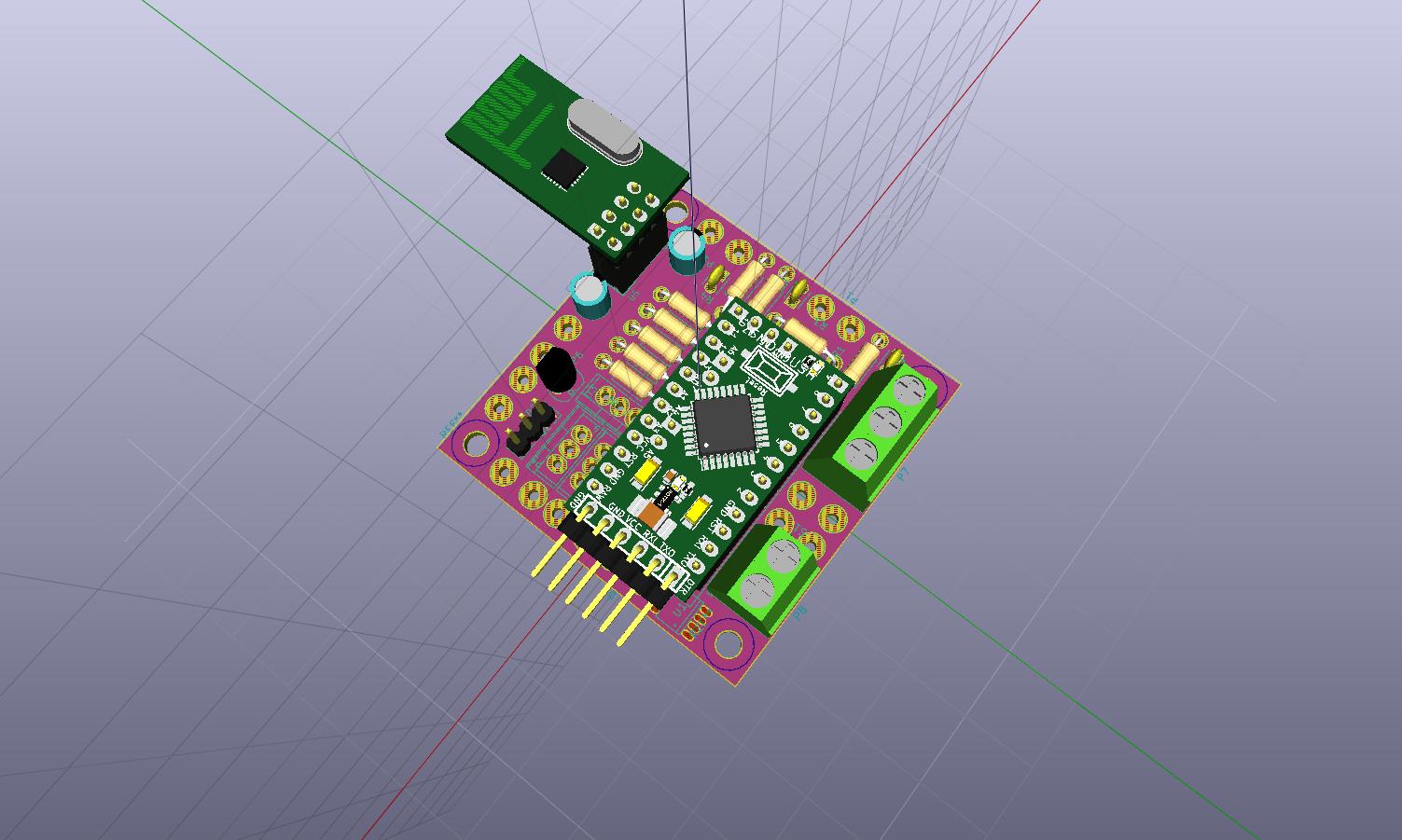
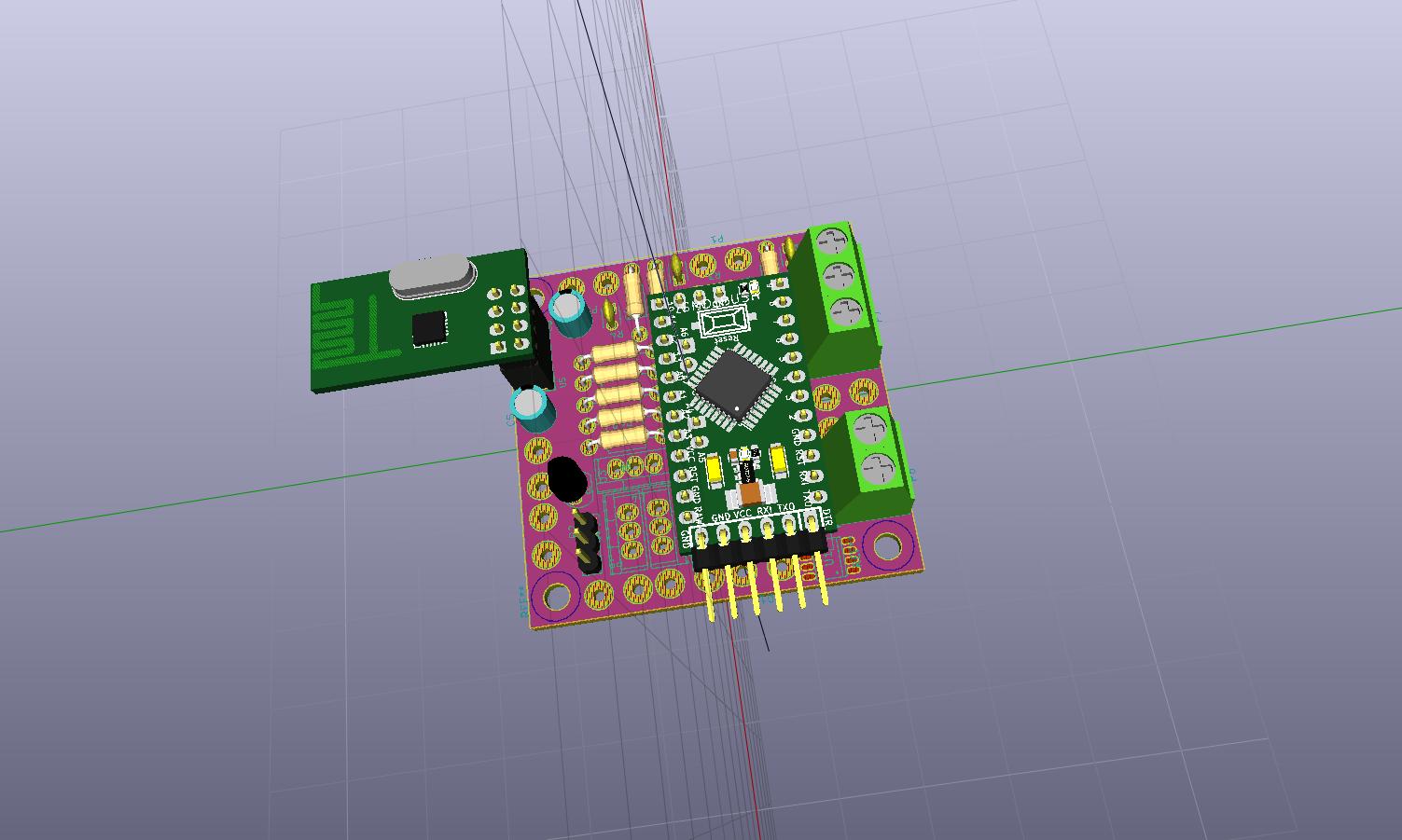
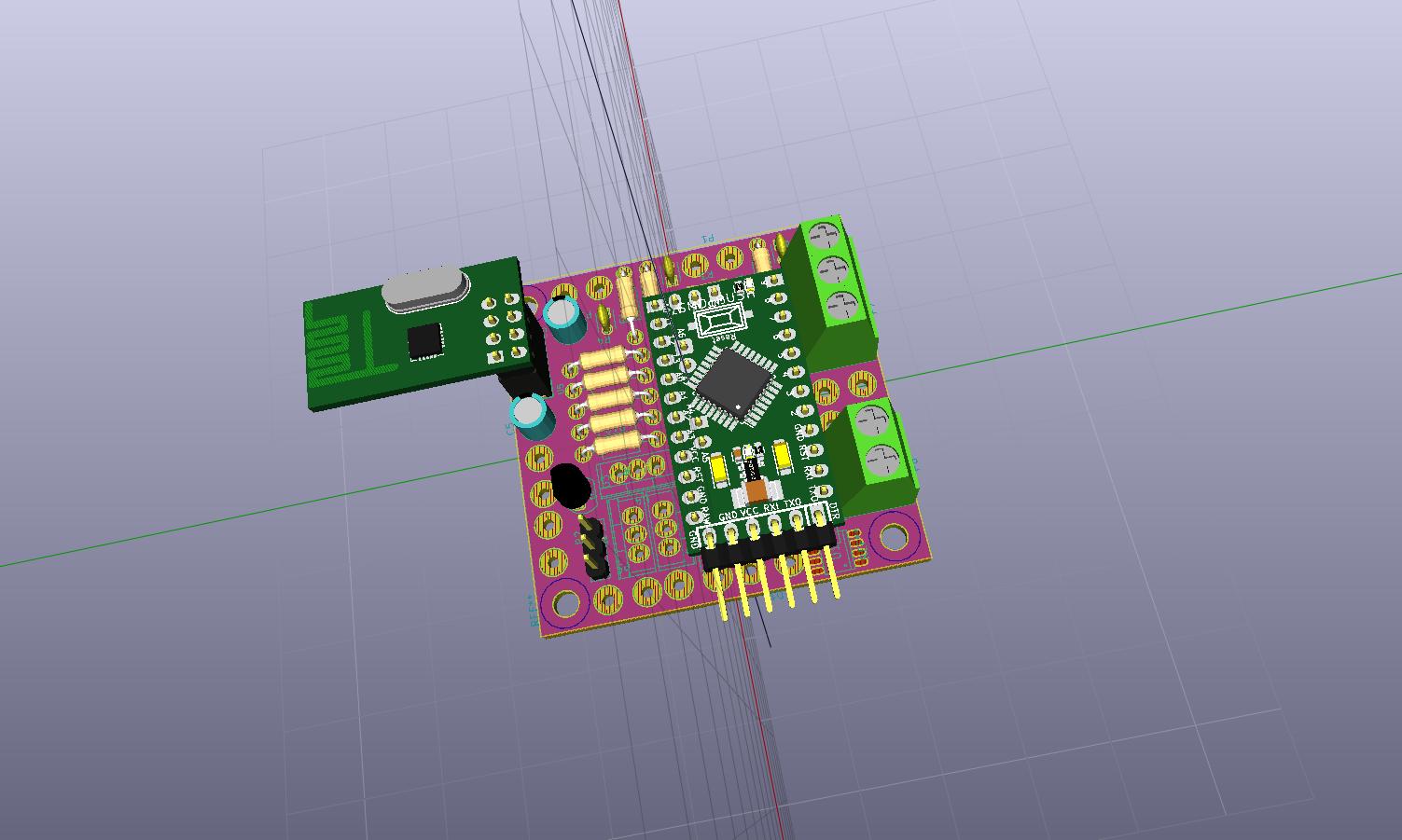
Also, thinking ahead about routing this board. Is it okay to do a GND pour on one side and 12V on the other?
-AM
Initial placement is done and this is what it looks like....very crowded board. Had to place the comparator underneath the pro mini, is that going to be an issue?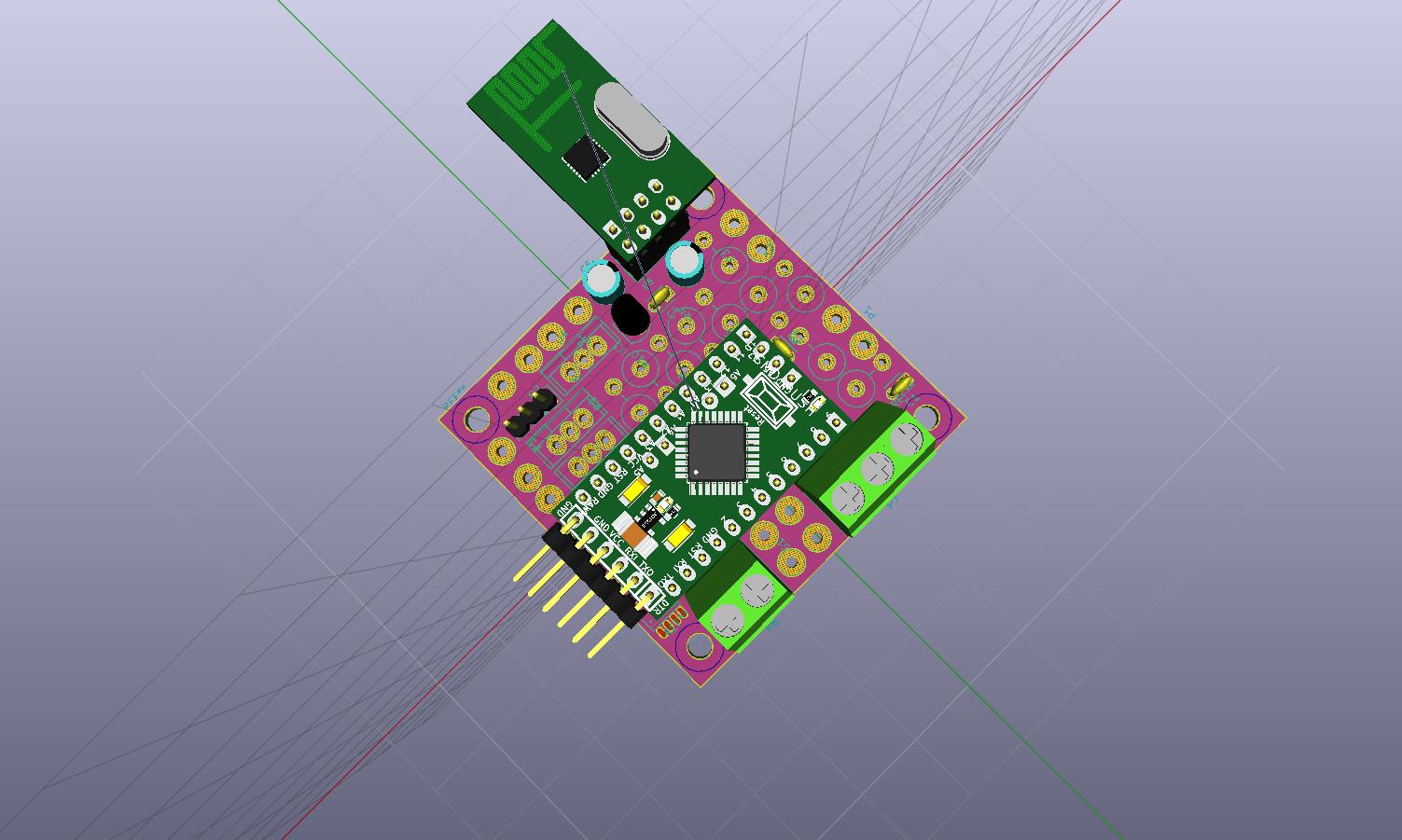
So I managed to finish the schematic and and posting it for people to look over.
Features:
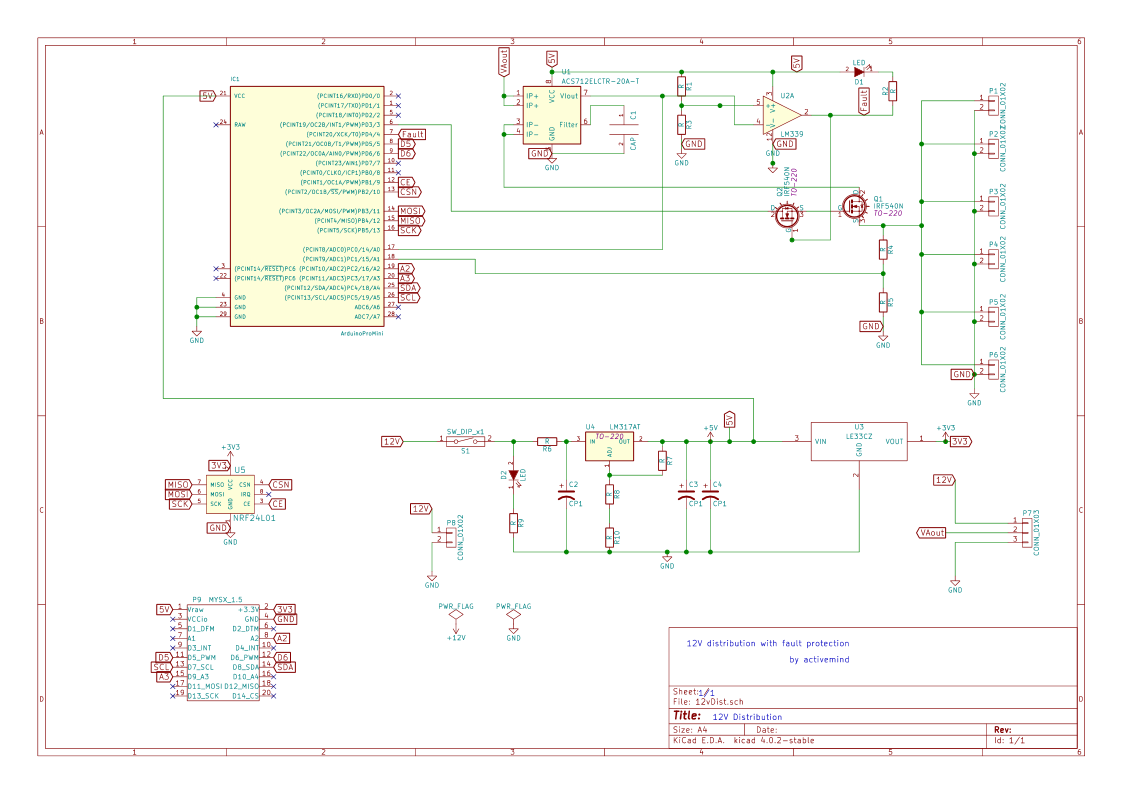
Comments?
-AM
Nevermind, found the answer. Just put another FET in there with fault signal driving the gate.
-AM
@activemind said:
I need some help from one of the hw guys.
I have arduino PWM pin driving the gate of a FET like so many other examples.
I have another signal called Fault which is active low.
Now I want to and the two signals such that when fault becomes active (becomes 0), the FET is forced off.
Whats the circuit for that?
Thanks
-AM
I need some help from one of the hw guys.
I have arduino pin driving the gate of a FET like so many other examples.
I have another signal called Fault which is active low.
Now I want to and the two signals such that when fault becomes active (becomes 0), the FET is forced off.
Whats the circuit for that?
Thanks
-AM
Received an update from Itead. Everything looks good in gerber files. They have sent it to fab.
Now the wait starts...
-AM
Or maybe do 1 for the entire board and forget about per channel. Maybe thats the right approach!
-AM
Thinking out loud here but would it be better if I put connectors for current measurement on the PCB for connecting something like this or should I put the ACS chip on the PCB?
The advantage of using a module is that populating it can be made optional, so you can jumper it if you dont want it on one of the channels. So it would be possible to have like 4 channel out of 5 that report and 1 that does not.
Plus the cost of the module and bare chip is the same, so I dont think there is any difference from that point of view.
-AM